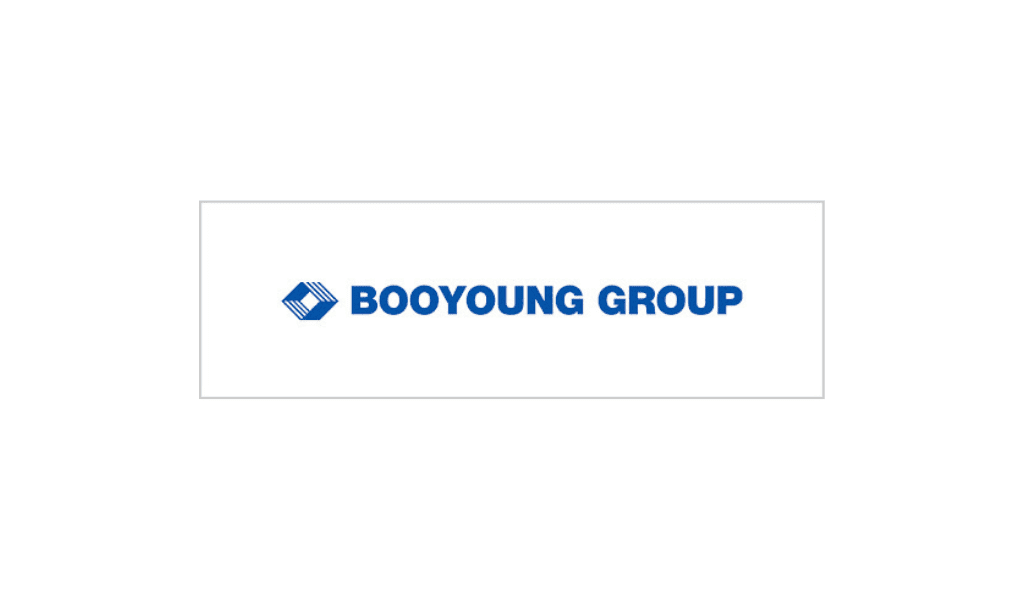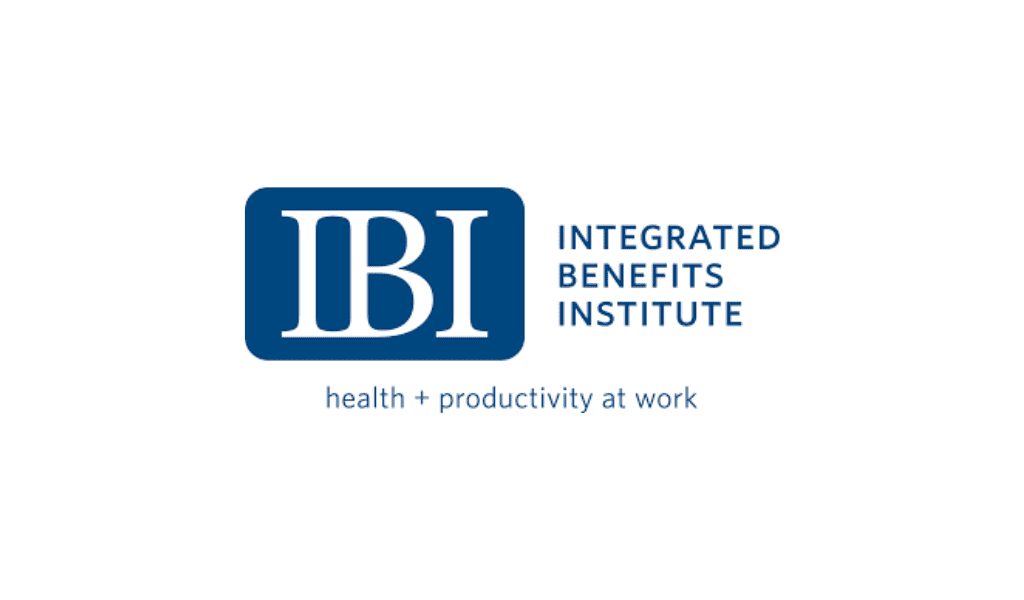Six ways organizations can ensure benefits programs are compliant with same-sex marriage laws.
By Sheryl Southwick
This past June, the U.S. Supreme Court ruled in Obergefell v. Hodges that state bans on same-sex marriage violate the 14th Amendment of the U.S. Constitution. As a result, all state laws must now allow same-sex couples to marry and recognize same-sex marriages that were legally performed in other states.
For employers, this ruling raises sensitive new questions about what changes -if any -need to be made to employer-sponsored group benefit plans. To ensure benefits programs comply with federal and state laws requires HR professionals to have an understanding of applicable laws and recent court rulings related to same- sex marriage. There are six areas where organizations should focus their attention in order to remain compliant.
- Plan document and summary plan description (SPD). Eligibility provisions amendments may be required to include all same-sex spouses and eligible children. If your plan document and SPD address how same-sex spouse company contributions and employee payroll deductions are taxed, this information may also require updates. Review these documents with a legal professional to ensure they comply with the new requirements.
- Insurance carrier’s definition of spouse. Certificates of coverage will define if an insurance carrier’s definition of eligibility includes both opposite-sex and same-sex spouses. This is particularly important if you offer a fully- insured plan that was issued in a state that previously did not allow or recognize same-sex marriages. The plan definition of spouse should not reference gender. In addition, the eligibility definition should not include any reference to the Defense of Marriage Act, the 1996 law that preceded Obergefell.
- Employee enrollment materials and communications. Review and revise employee enrollment forms, websites, and communications if any amendments to the benefit plans are required. Make sure the summary plan description, employee communications, enrollment forms, life status change forms, and websites align with amended plan provisions. An organization may require dependent documentation to support spouse eligibility prior to processing enrollment -make sure it is not discriminatory. For example, if employees are required to provide a marriage license to enroll a spouse, this should apply to all employees. This is also a recommended practice if your company is conducting a dependent eligibility audit.
- Payroll system updates. After the Supreme Court passed its decision in the U.S. v. Windsor case in 2013, federal taxes were no longer required to be paid on the imputed value of company-sponsored health coverage provided to an employee’s same-sex spouse. Companies could also begin deducting employee contributions for same-sex spouse coverage on a pre-tax basis. The same was also true of state taxes, but only in states that recognized same-sex marriages.
After the Obergefell decision was issued, preferential tax treatment was extended to same-sex spouses in states that did not previously recognized same-sex marriages. This means that health benefits provided to an employee’s same-sex spouse are no longer subject to federal or state taxes in any state. In addition, employers that have been imputing state taxes to same-sex spouses’ health coverage can now treat these benefits as non- taxable.
Now is a good time to audit benefit payroll deduction codes to ensure they are set up correctly. For company- sponsored benefits through a Section 125 Cafeteria Plan, verify all employee payroll deductions for spouse coverage are deducted on a pre-tax basis and company contributions are non-taxable, both at the state and federal level. If you use a third-party payroll provider, request verification that its system has been updated.
- Retirement plan considerations. Following the Windsor decision, non-spouse beneficiary designations now require the same-sex spouse’s consent and the defined default beneficiary in the plan should be the spouse, regardless of gender. In addition, same-sex spouses now have spousal rollover rights and are an eligible payee under a qualified domestic relations order. Review the defined default beneficiary in the plan document and confirm it includes both same and opposite sex spouses.
- FMLA policy. The Family and Medical Leave Act (FMLA) allows eligible employees to take FMLA leave in order to care for a spouse if a spouse is on active military duty or if a spouse is called to active duty status. The Department of Labor implemented a final rule in March 2015 that spousal status for purposes of FMLA encompasses same- sex marriages, based on whether the marriage was performed in a state or local jurisdiction that recognizes same-sex marriage. Be sure to review and update FMLA communications, policies, and procedures to expand eligibility to same-sex spouses.
Considering the relevance and complexity of these changes, training your benefit and HR teams is important to ensure they are aware of any changes and are communicating accurate information to your employees.
Sheryl Southwick is executive director of benefits compliance at TriNet.














